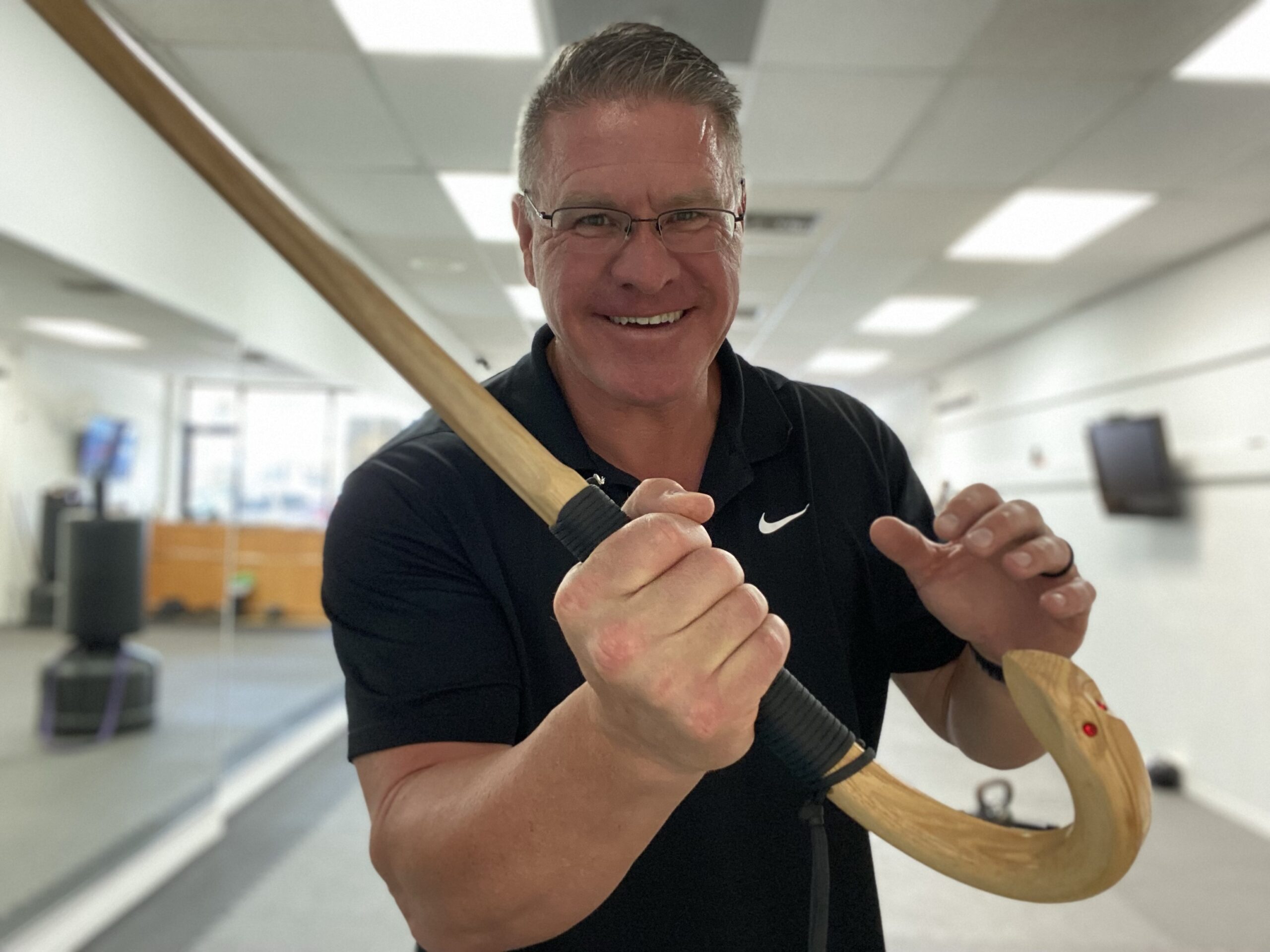
In an ever-evolving world where personal safety and self-defense hold paramount importance, seniors, disabled individuals, and wounded warriors are discovering an unexpected ally in their quest for protection: the walking cane. This article delves deep into the realm of cane self-defense, shedding light on the revolutionary Cane Masters self-defense canes and the expertise of renowned cane self-defense instructor, Matt Pasquinilli. With his free classes on Facebook and YouTube, Pasquinilli empowers individuals with invaluable knowledge and techniques to defend themselves effectively. We explore the versatility of canes as defensive weapons, the advantages of carrying them everywhere, and highlight key self-defense cane techniques that can significantly augment personal security.
- The Versatility of Walking Canes for Self-Defense: Beyond their conventional role as mobility aids, walking canes possess untapped potential as potent tools for self-defense. Through proper training and technique, a seemingly innocuous cane can transform into an extension of one’s body, enabling individuals to deter threats and protect themselves in vulnerable situations. Cane Masters self-defense canes stand at the forefront of the industry, boasting purpose-built designs, durability, and ease of use across a range of self-defense scenarios.
- Cane Masters and Matt Pasquinilli: Pioneers in Cane Self-Defense: Cane Masters, an esteemed brand synonymous with self-defense canes, has dedicated itself to catering to the specific needs of seniors, disabled individuals, and wounded warriors. Their canes undergo meticulous craftsmanship, incorporating robust materials and ergonomic designs to ensure reliability and comfort in high-stress situations.
Matt Pasquinilli, an authority in cane self-defense, has channeled his expertise into offering free online classes accessible via Facebook and YouTube. Through his extensive knowledge and engaging teaching style, Pasquinilli has inspired countless individuals to embrace cane self-defense techniques as a means of personal protection.
- The Freedom to Carry Canes Anywhere: One remarkable advantage of utilizing a walking cane for self-defense lies in its inconspicuous nature, granting individuals the freedom to carry it virtually anywhere without arousing suspicion. Unlike other self-defense tools subject to restrictions or outright bans in certain settings, canes generally enjoy acceptance in public spaces. This discreet yet formidable tool enhances personal security and confidence for seniors, disabled persons, and wounded warriors, regardless of their location.
- Essential Self-Defense Cane Techniques: 4.1. Striking Techniques:
- Straight Strike: Capitalizing on the cane’s length and leverage, a straight strike delivers significant impact to vital areas such as the groin, knee, or midsection of an assailant, immobilizing them and creating an opportunity to escape.
- Hook Strike: Utilizing the cane’s curved end, a hook strike targets an attacker’s limbs or neck, effectively immobilizing them and providing an opportunity for disengagement or assistance.
- Overhead Strike: By harnessing the full weight of the cane, an overhead strike generates powerful force, effectively targeting an assailant’s head or shoulder region and disabling their ability to continue the attack.
4.2. Blocking Techniques:
- Cross Block: Utilizing the cane as a protective barrier, the cross block intercepts an attacker’s strikes, effectively neutralizing their offensive moves. This technique offers a crucial window for counterattacks or escape.
- High Block: Elevating the cane above the head, the high block provides a robust defense against overhead attacks, creating a shield-like barrier that protects against potential harm.
4.3. Joint Locks and Manipulations:
- Wrist Lock: Applying pressure to an assailant’s wrist joint, a wrist lock immobilizes their hand, significantly reducing their ability to cause harm. This technique allows for subsequent strikes or creating an opportunity to escape from the situation.
- Arm Bar: By leveraging body mechanics and using the cane as a fulcrum, an arm bar allows individuals to control an attacker’s arm. This technique immobilizes the assailant, rendering them unable to continue their assault while providing an opening for further defensive actions or escape.
Conclusion: Walking canes have emerged as formidable allies in the pursuit of personal safety and self-defense for seniors, disabled individuals, and wounded warriors. Empowered by Cane Masters self-defense canes and the guidance of Matt Pasquinilli, individuals gain access to a world of knowledge and techniques that enable them to protect themselves effectively. The versatility of canes as defensive weapons, coupled with their inconspicuous nature, allows individuals to carry them everywhere without arousing suspicion. The striking, blocking, and joint manipulation techniques discussed serve as invaluable tools in neutralizing threats and creating opportunities for escape or seeking assistance.
As seniors, disabled persons, and wounded warriors embrace cane self-defense, they find not only a means of protection but also a newfound sense of empowerment. By equipping themselves with a walking cane and acquiring the necessary skills through the guidance of experts like Matt Pasquinilli, individuals gain confidence in their ability to navigate the world with heightened security. Let the cane become a symbol of strength, resilience, and the determination to protect oneself in any situation. Remember, empowerment is within reach, one s